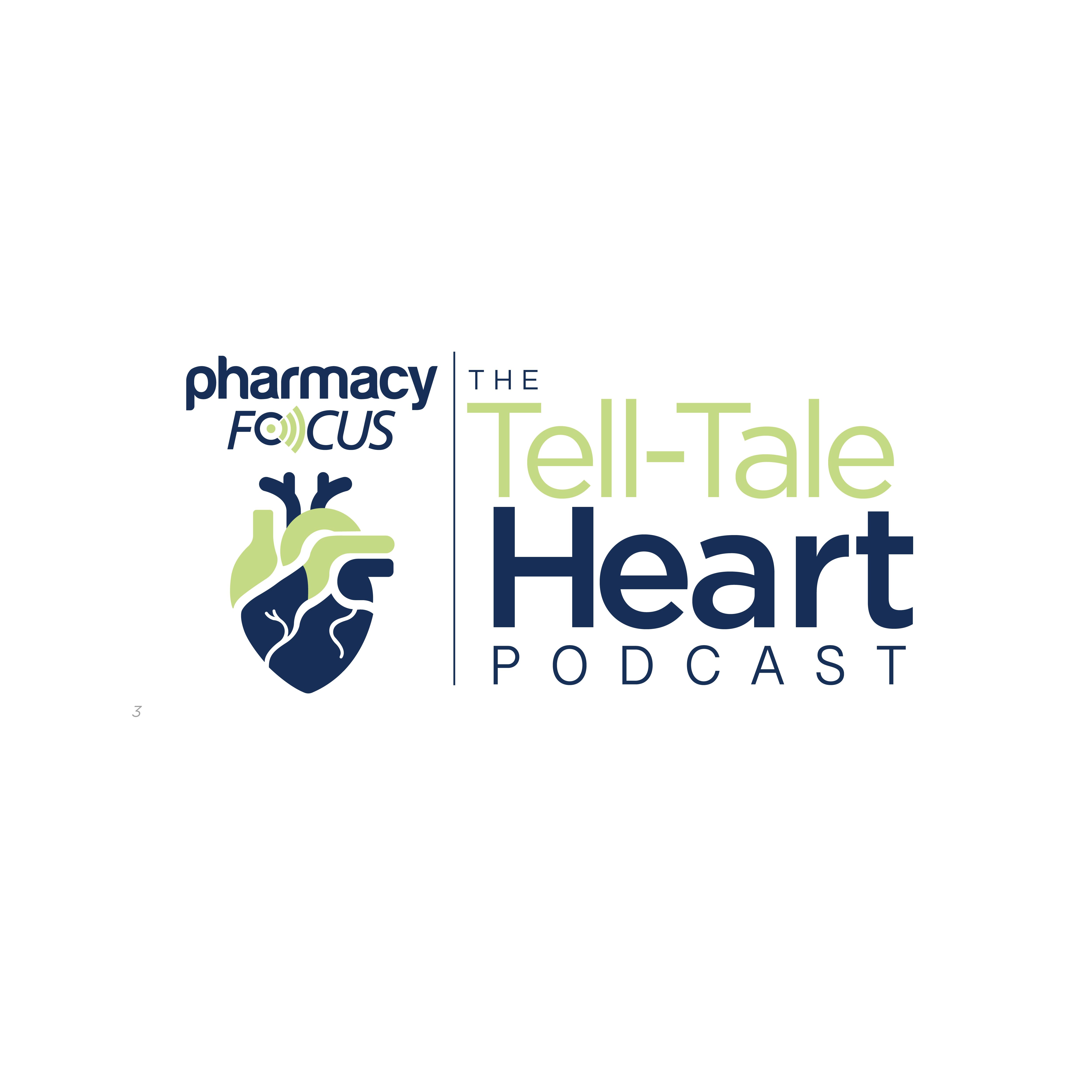News
Article
Dalpiciclib Plus Endocrine Therapy Prolonged Invasive Disease-Free Survival in HR+/HER2– Breast Cancer
Key Takeaways
- Dalpiciclib combined with ET significantly improved progression-free survival in HR+/HER2– advanced breast cancer in the DAWNA-A trial.
- The trial demonstrated superior iDFS with dalpiciclib plus ET compared to placebo, with consistent benefits across subgroups.
Dalpiciclib combined with endocrine therapy significantly enhances progression-free survival in HR+/HER2– breast cancer, as shown in the DAWNA-A trial.
Dalpiciclib (SHR6390; Jiangsu Hengrui Medicine Co) in combination with endocrine therapy (ET) significantly improved progression-free survival (PFS) in first- and later-line settings for hormone receptor-positive (HR+)/HER2– advanced breast cancer. These data, from a first interim analysis of the phase 3 DAWNA-A trial (NCT03927456), were presented at the 2025 American Society of Clinical Oncology Annual Meeting in Chicago.1
Breast cancer cells | Image Credit: © sknab - stock.adobe.com

Dalpiciclib is an oral CDK4/6 inhibitor that targets overexpressed CDK4/6 proteins to interrupt cancer cell proliferation. It is approved in China by the National Medical Products Administration in combination with fulvestrant (Falsodex; AstraZeneca) for the treatment of relapsed/progressed HR+/HER2- advanced breast cancer. As of 2025, it’s not approved by the FDA.2,3
DAWNA-A is a randomized, double-blind, phase 3 study evaluating dalpiciclib plus ET as adjuvant therapy in 5274 patients (ages 18 to 75) with stage 2 to 3 HR+/HER2– breast cancer and pathologically confirmed ipsilateral axillary lymph node involvement. They were randomized 1:1 to receive either daily dalpiciclib at a dosage of 125 mg (3 weeks on/1 week off for 2 years) plus ET (letrozole 2.5 mg; anastrozole 1 mg; tamoxifen 10 mg; toremifene 60 mg daily for 5 years; n = 2640) or placebo + ET (n = 2634). The trial’s primary end point was invasive disease-free survival (iDFS), with secondary end points including DFS, distant DFS (DDFS), overall survival (OS), and safety.4
Pre- and perimenopausal patients received LHRH agonists, with use in perimenopausal patients determined at the investigator’s discretion. Stratification factors included menopausal status (pre/perimenopausal vs postmenopausal), clinical stage (2 vs 3), number of involved lymph nodes (<4 vs ≥4), and receipt of adjuvant chemotherapy (yes vs no).4
At the median follow-up of 20.3 months, patients treated with dalpiciclib in combination with ET achieved superior iDFS compared with the placebo group (HR 0.56, 95% CI 0.43–0.71; 1-sided P < .0001), and these benefits were consistent across subgroups. Additionally, dalpiciclib plus ET was preferred over placebo plus ET by DFS and distant DFS.4
“The phase III DAWNA-A met its primary end point at the first internal analysis, with significant iDFS benefits with dalpiciclib plus [ET] versus placebo plus [ET],” said Zhi-Ming Shao, PhD, Fudan University Shanghai Cancer Center, in their presentation.4
The safety profile was favorable, with no deaths due to treatment-related adverse events (TRAEs). Treatment-related adverse events (TRAEs) occurred in 3.7% of patients in the dalpiciclib arm and 1.5% in the placebo arm, leading to treatment discontinuation in 2.1% and 0.8% of patients, respectively.4
“Our data supports dalpiciclib plus [ET] as a neoadjuvant treatment option for [HR+/HER2–] early breast cancer, especially in Chinese populations,” concluded Shao.4
REFERENCES
1. A study of SHR6390 in combination with fulvestrant in patients with HR positive and HER2 negative advanced breast cancer. Updated June 3, 2021. Accessed July 11, 2025. https://clinicaltrials.gov/study/NCT03927456
2. New CDK4/6 Inhibitor offers benefits for advanced-stage, hormone receptor-positive, HER2-negative breast cancer. Breastcancer.org. November 16, 2022. Accessed July 11, 2025. https://www.breastcancer.org/research-news/new-cdk46-inhibitor-offers-benefits-for-advanced-stage-hormone-receptor-positive-her2-negative-breast-cancer
3. NMPA approves AiRuiKang® (dalpiciclib) in combination with fulvestrant for the treatment of relapsed/progressed HR+/HER2- advanced breast cancer. Hengrui. January 3, 2021. Accessed July 11, 2025. https://www.hengrui.com/en/media/detail-149.html
4. Shao ZM, Hao J, Wang S, et al. Dalpiciclib (Dalp) plus endocrine therapy (ET) as adjuvant treatment for HR+/HER2– early breast cancer (BC): The randomized, phase 3, DAWNA-A trial. 2025 ASCO Annual Meeting. Chicago, IL. Abstract 515
Newsletter
Stay informed on drug updates, treatment guidelines, and pharmacy practice trends—subscribe to Pharmacy Times for weekly clinical insights.






